Continuous crossings cause consternation
Work on crossings across Plumstead have caused concerns over recent weeks as shared surfaces are installed at various junctions.
The programs of shared surfaces and continuous footways at junctions are intended to slow down cars as visual primacy for vehicles is removed. Road markings and kerbs are gone, with the thinking being that drivers have to be more alert to their surroundings and switch off from “autopilot”.
They have been installed in ever increasing areas of London, the UK and have existed for many years in other nations.
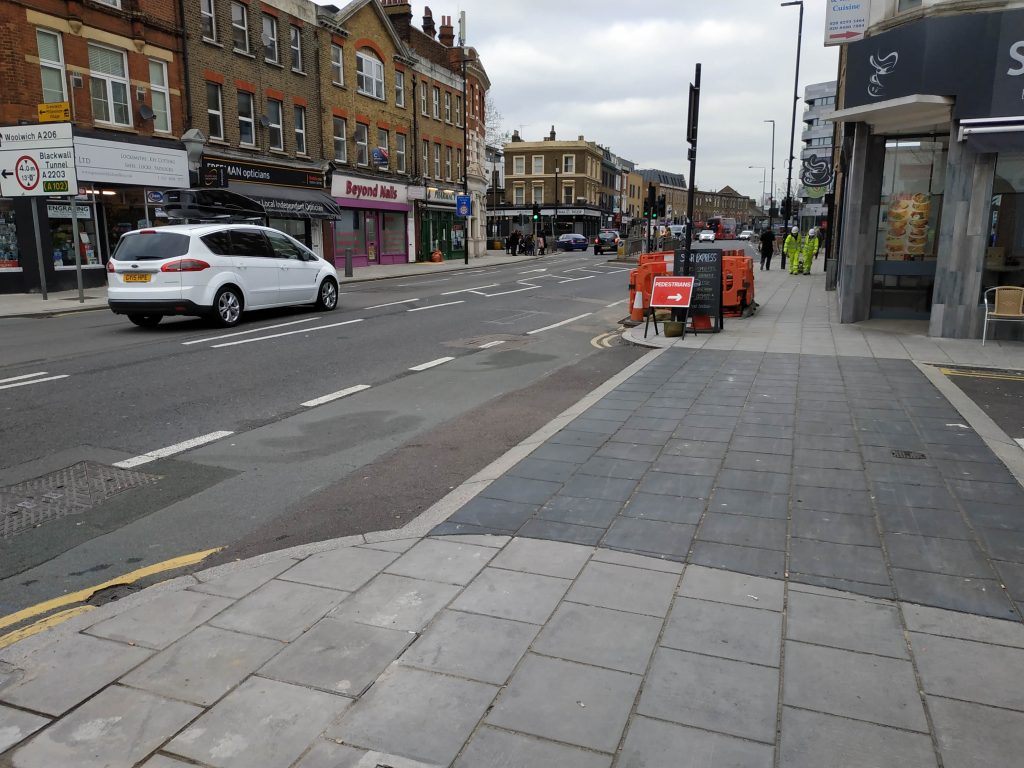
In places they seem to work very well. In one town in Essex, for example, continuous paths in one town saw just one minor injury in five years.
Differences are apparent though. That project was off a busy shopping street with a narrow main road. Busy streets have constant flows of people so drivers are generally aware of pedestrian presence at all times. Quiet backstreets are different.
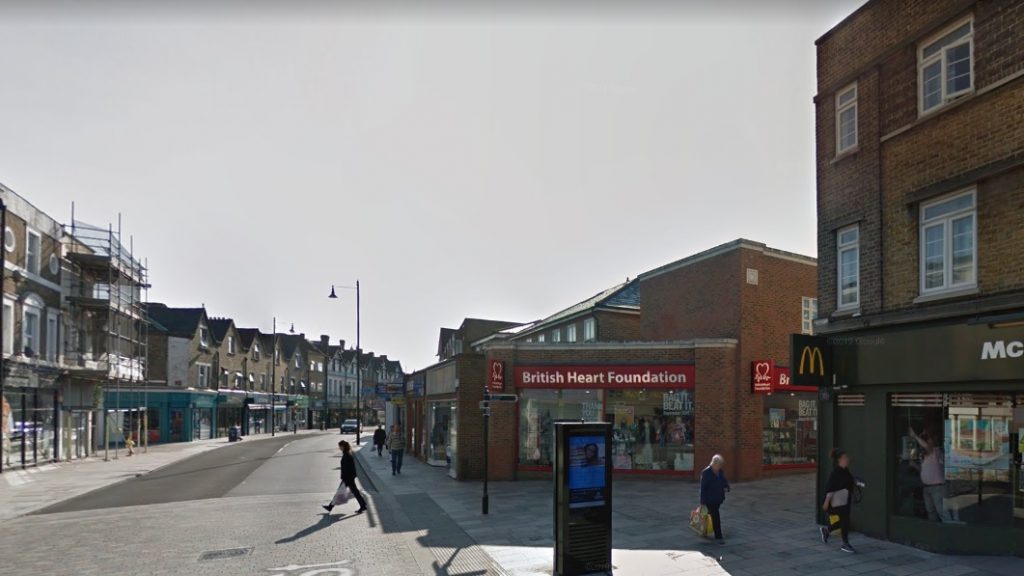
Continuous footways do require careful driving and enforcement for issues such as parking at junctions, which is notoriously bad in much of the borough.
Shared surfaces differ from continuous footways in that they often appear work best in quiet areas. Examples of shared surfaces in busy areas such as Exhibition Road in central London saw widespread parking and poor driving.
In east Greenwich continuous footways at junctions were installed where concerns for partially sited people were raised.
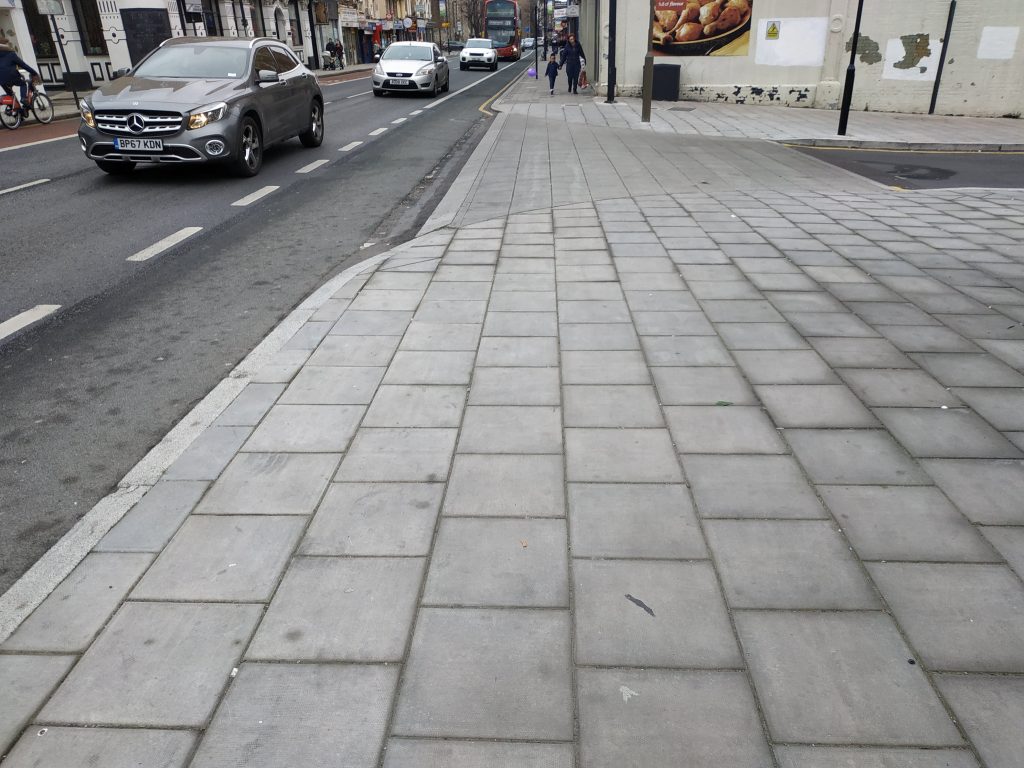
While some used different materials to subtly show road changes, others didn’t at all. They were altered within weeks to install tactile pavements.
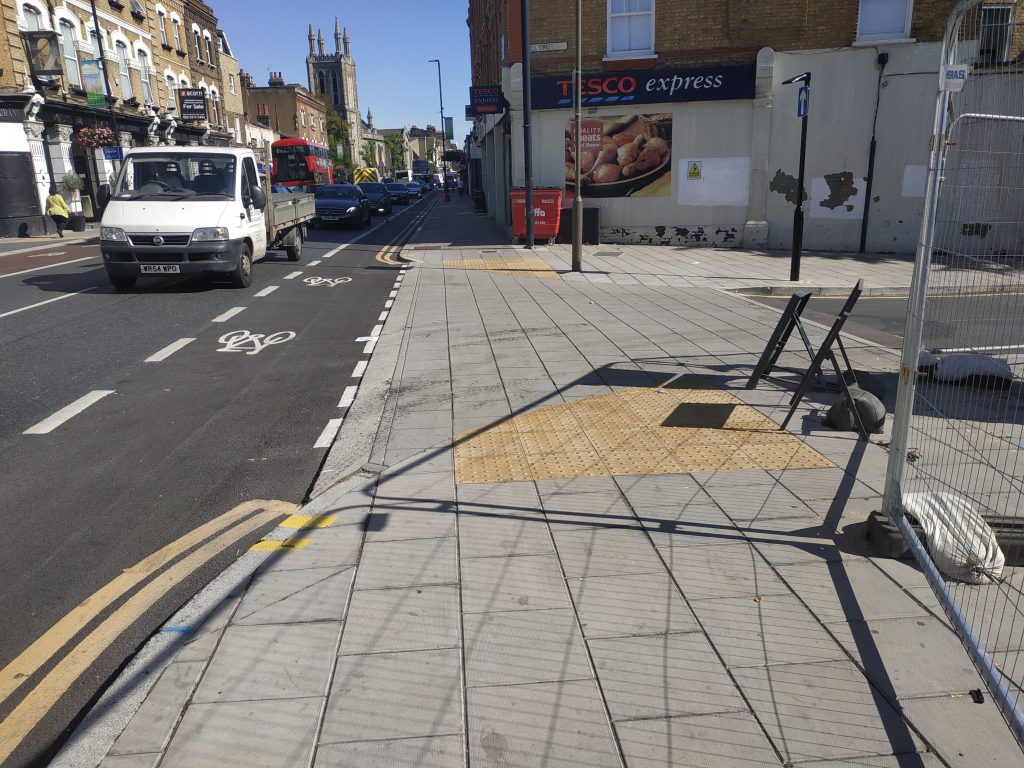
Concerns for the partially sighted are a key factor. Studs or tactile paving can alleviate that issue – and they should encounter slower traffic if the project is in a suitable location.
Like many Greenwich borough highway department projects it’s extremely hard to find any details about junction work in Plumstead. It is not part of emergency responses to recent events.
It appears next to no engagement has been undertaken with the public and as a result concerns have grown. If the authority spoke to people, explained reasoning and stated how they would enforce poor driving and parking it may help. If the arguments and evidence used are flawed, it could be highlighted by the public but just because something is new in an area doesn’t make it bad or increase danger. Actual evidence counts.
Experience
In early days in Plumstead some people have stated they are confused by the crossings. In some ways that shouldn’t happen for some users. Drivers should know pedestrians have priority when crossing, for example. But in another sense a feeling of confusion – or uncertainty – is a key ingredient in the theory. It encourages caution – and slower speeds. That in turn reduces injuries as seen in other areas.
It’s the same with guardrail. People think they must obviously protect, yet it gives drivers a sense of separation from pedestrians and higher speeds ensue so when collisions occur serious injury rates are increased. Where they are removed pedestrian casualties have been shown to reduce.
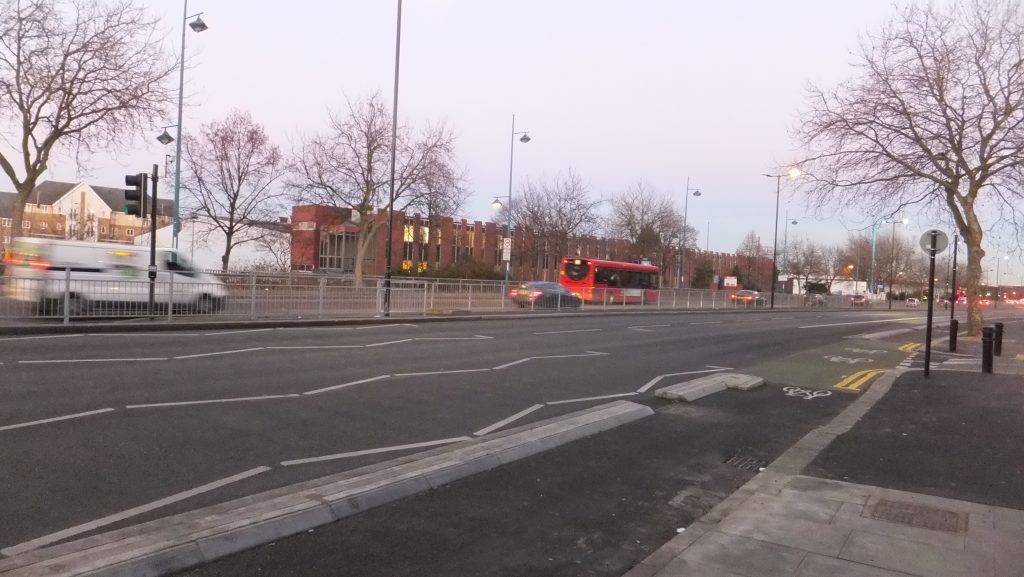
On a wider level street changes can also make walking less hassle, as long diversions to cross are unnecessary, and people can take direct routes. If getting people out of cars for short journeys is a key aim to reduce traffic and congestion in busy urban areas, making walking less of a hassle is key. Less cars also equals fewer deaths from pollution.
So then, the jury is out and each town or project may see different results. The results in Plumstead will be one to watch.

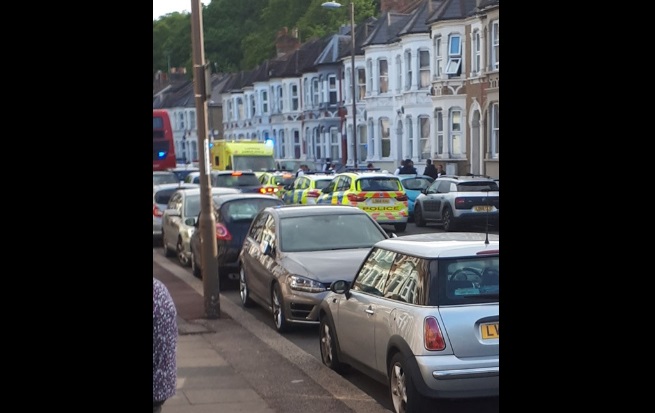
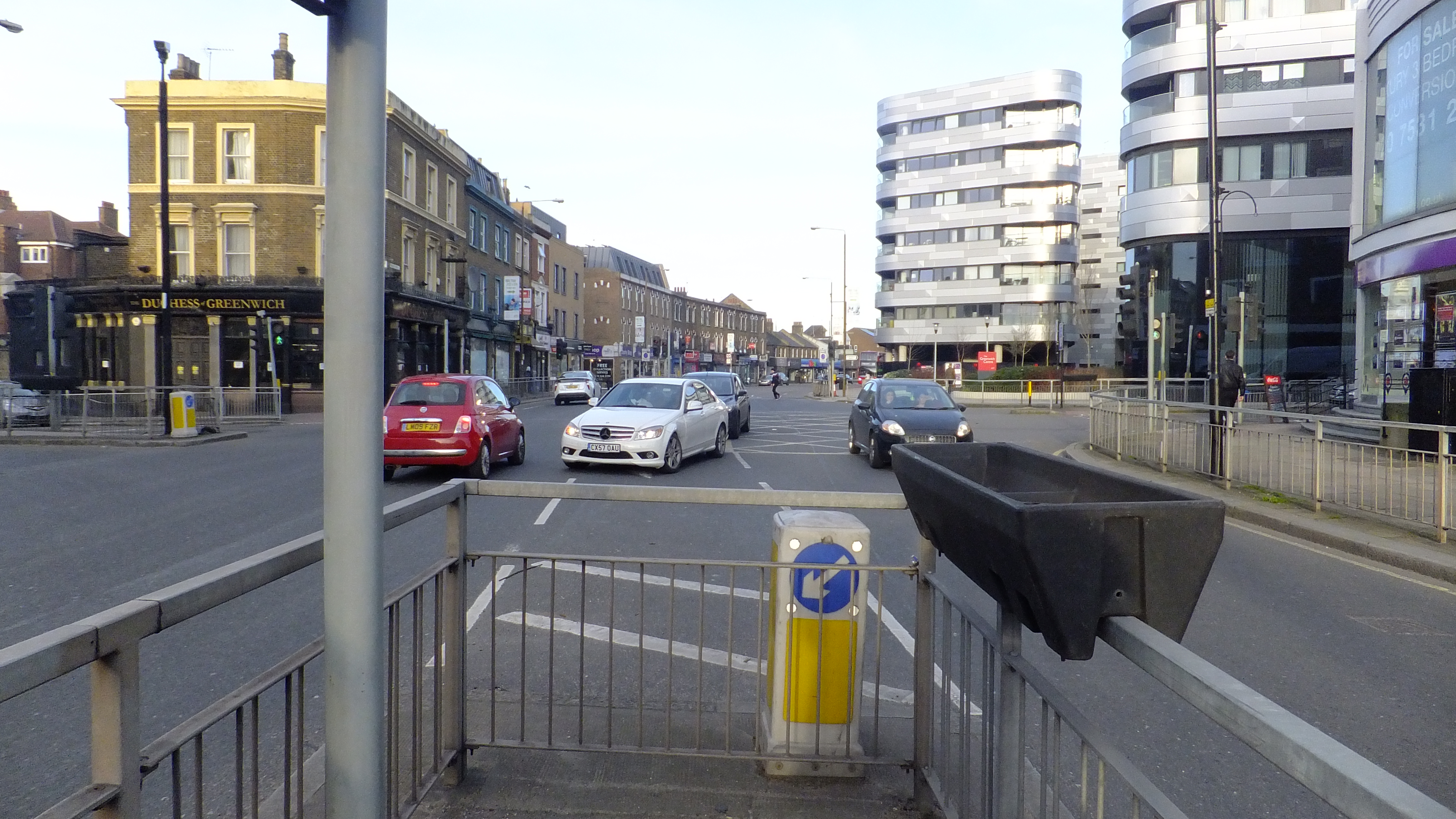
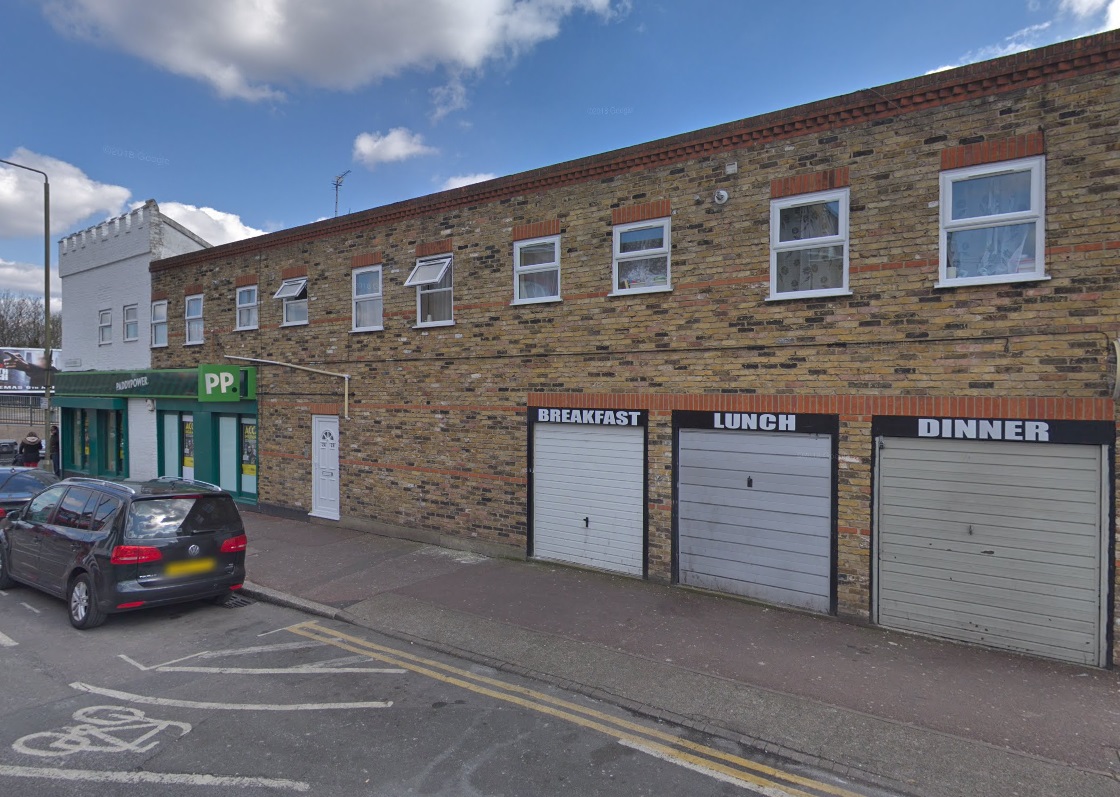
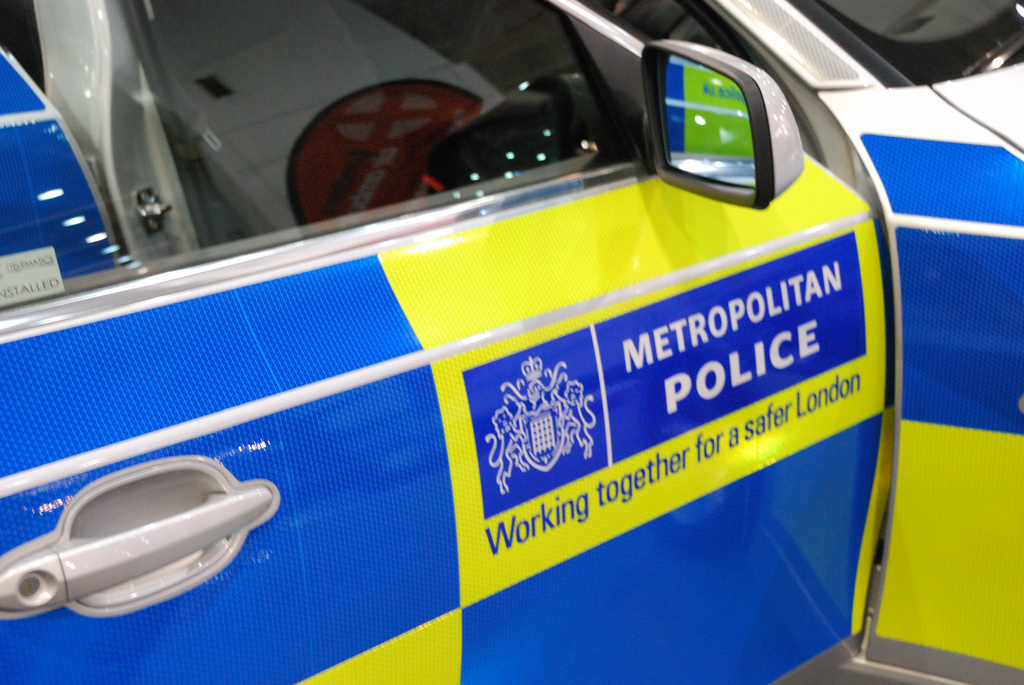
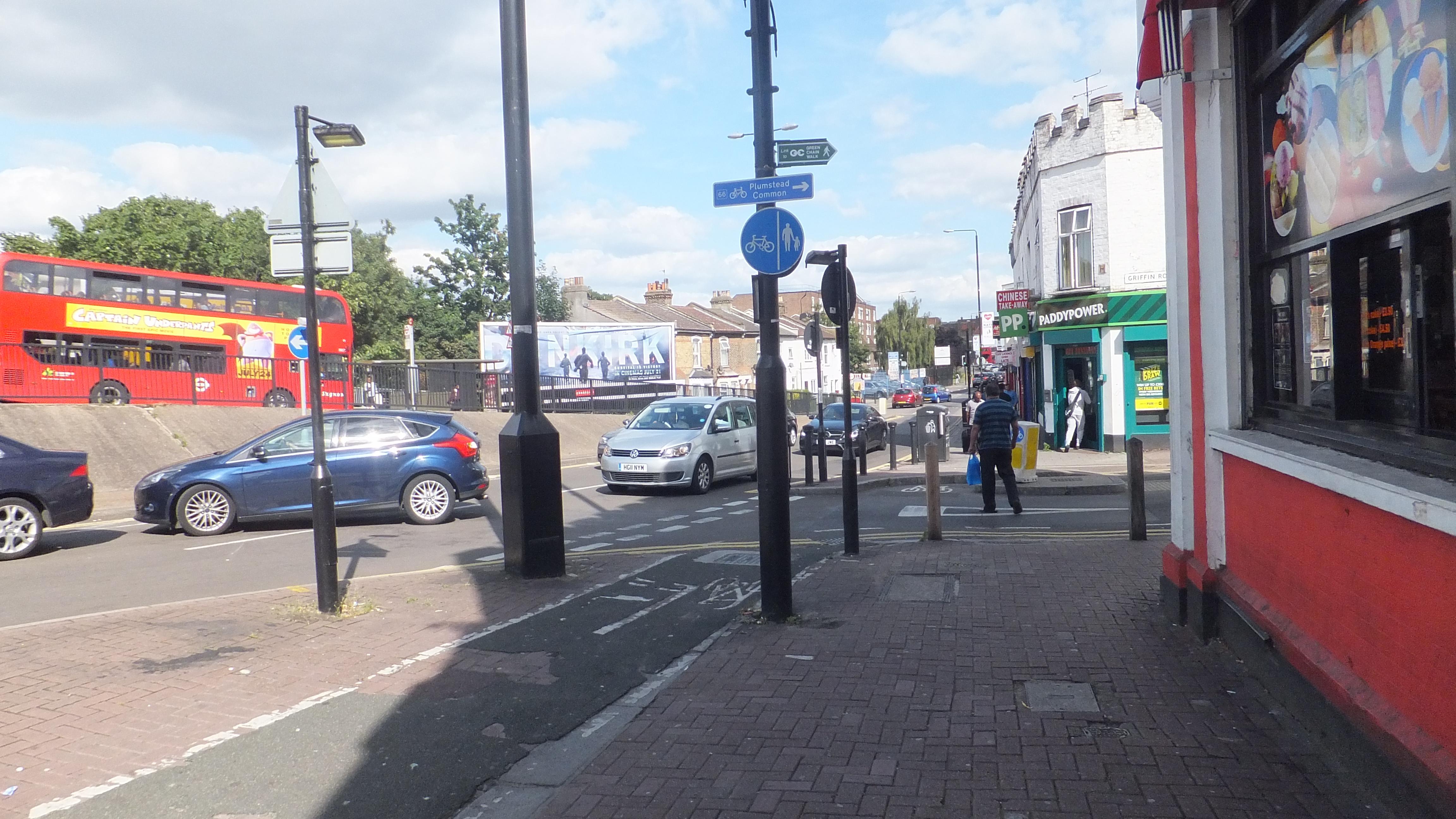
It would be easier to understand if they were painted like zebra crossings in my opinion.
‘knowledge of the highway code is a must’. I sometimes think that drivers got their licence out of a cereal packet. Really, if you see someone already in the road, don’t run them down. If there is someone lurking at the edge, make sure their and your intentions are clear.
What!? Pedestrians have priority over drivers? As a non driver I didn’t know this. I always assumed cars had priority because they never stop for you. And when they do the driver usually smiles or winks at you and you have to wave to thank them because they have done you a favour for stopping and letting you cross. This new crossing is confusing and dangerous. They should paint the zebra stripes on top.
Not just the partially sighted: it’s quite common for parents to teach their kids to “wait at the corner”. This seems to make that much more dangerous.
What a waste of our money, the cost of fancy stone used on these crossings must be phenomenal. Don’t see any advantage, money could have been put tor better use in these uncertain times.
Have to say our road is currently being done now and it makes a difference to the outdated appearance but a shame that the whole footpath wasn’t done to bring vibrancy and a clean look.
The rat runners in and out of the side streets off Trafalgar Road in East Greenwich obviously haven’t read the Highway Code recently. They believe that vehicles always have priority over pedestrians regardless of the continuous footpath. Trouble is that without something more defining like a painted zebra crossing or a visible interruption to the road surface (lots of uneven cobbles on the rise to the footway for example) and with no enforcement of anything by anyone there is little benefit to what is a costly exercise.
I love your use of alliteration